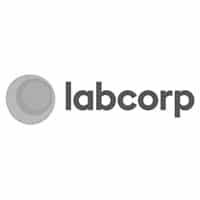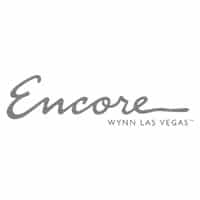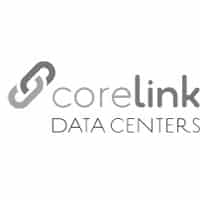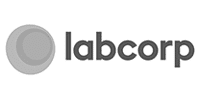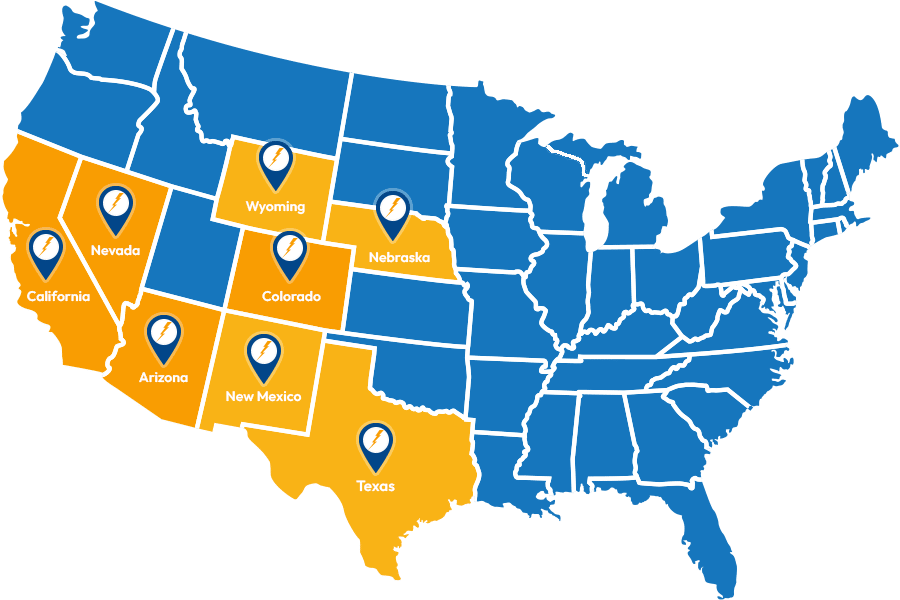Data Center Design & Layout Considerations
 Few things are more critical in the functioning of almost any industry than data centers. While they are not necessarily the glamorous side of these industries, they are certainly one of the most important because they keep these industries running. In fact, one small problem that leads to downtime, even a few seconds of downtime, could lead to massive financial losses as well as put actual lives at risk, depending on the industry. Therefore, great attention should be paid to the current state of data centers as well as the future building and/or modification of data centers because these changes will directly impact the functionality and therefore uptime of businesses across all industries.
Few things are more critical in the functioning of almost any industry than data centers. While they are not necessarily the glamorous side of these industries, they are certainly one of the most important because they keep these industries running. In fact, one small problem that leads to downtime, even a few seconds of downtime, could lead to massive financial losses as well as put actual lives at risk, depending on the industry. Therefore, great attention should be paid to the current state of data centers as well as the future building and/or modification of data centers because these changes will directly impact the functionality and therefore uptime of businesses across all industries.
Data center design and layout is not a simple equation of x + y + z = optimal configuration, energy efficiency, and maximized uptime. There is no ‘one-size-fits-all’ approach to data center design and layout, each situation is unique. For this reason, a comprehensive assessment of both current needs and anticipated future needs in terms of DCIM (data center infrastructure management) is crucial in determining the ideal design or layout for your data center. You cannot begin to properly design a data center layout that will address all of your current and future needs while considering shifts and evolutions in the technology space without at least a proper baseline understanding of your needs.
This comprehensive baseline assessment is also critical in formulating a DCIM strategy that maximizes energy efficiency and uptime – two things that are vitally important to every single data center on the planet. With a broad and detailed understanding of current needs as well as careful consideration of future needs, you can design a data center layout that will be flexible and agile enough to scale as needed.
Data Center Design: Cabling Architecture, Racks & Cabinets
One often underrated component of data center design and layout is cabling architecture. Data Center Knowledge points out just how important a well-designed data center structured cabling layout is, “Select a cabling solution with co-engineered cable and connectivity to maximize channel performance. Look for flexible and scalable rack and cabinet solutions that can accommodate higher weight thresholds, and have adjustable rails and wider vertical managers, along with integrated cable and airflow management options for better cable support, protection and airflow. The physical solution should support both copper and fiber media. Also, work with a manufacturer that is current with standards.”
It is vital that growth and scalability be considered in the design and layout of racks and cabinets. Agile data centers will likely be using racks and cabinets that have modular design, taller height, increased rack weight limits, and flexible mounting options because these things allow for efficient and effective growth. Most data centers are moving towards or are already using a high density configuration of IT power equipment and with that brings power and cooling challenges. While it may seem that optimal density and uptime are at odds, that does not have to be the case with careful data center design and layout. All aspects of cabling architecture, server rack density and cabinet density must be considered in a data center design for it to effectively accommodate future needs.
Data Center Design: Physical Space
Properly right-sizing a data center has been a challenge since the inception of data centers. The struggle is always between having just enough space for all infrastructure without wasting any resources unnecessarily by having *just enough* space. But, as we all know, growth is rapid and if you want your data center to be able to scale as needed, and with some level of efficiency, you need to also have enough space to accommodate adding things like additional racks, cooling infrastructure, or other components necessary for growth.
While considering potential future growth during data center design is important, it is also a good idea to review how your server racks are currently being used. Is density being maximized, are there zombie servers just sitting there draining resources that could be better allocated, could your server racks be better configured – these are just a few questions to consider because there are a lot of ways that more space can be found just by carefully laying out and designing your server rack and cabinet infrastructure.
Data Center Design: Power & Cooling Infrastructure
 Power and cooling – a delicate balance. There have been many different strategies and best practices over the years, as there are today because power and cooling are integral components of maximizing uptime. Without power (and often, a LOT of power) there is no uptime. But power generally equates to heat and that heat has to be cooled or there could be a loss of power due to equipment failure from overheating, or from a fire generated by the heat. Data centers are striving to be energy efficient so going overboard with cooling is not an optimal or cost-effective option. And so, we return to the delicate balance – data centers must balance a need for power/uptime and adequate cooling with a need to be energy and cost efficient.
Power and cooling – a delicate balance. There have been many different strategies and best practices over the years, as there are today because power and cooling are integral components of maximizing uptime. Without power (and often, a LOT of power) there is no uptime. But power generally equates to heat and that heat has to be cooled or there could be a loss of power due to equipment failure from overheating, or from a fire generated by the heat. Data centers are striving to be energy efficient so going overboard with cooling is not an optimal or cost-effective option. And so, we return to the delicate balance – data centers must balance a need for power/uptime and adequate cooling with a need to be energy and cost efficient.
Hot aisle / cold aisle containment has been a leading data center power and cooling management strategy for internal structural organization. One of the major trends in cooling technology is liquid cooling. We are seeing more and more large data centers migrating to liquid cooling and we will continue to see that progress into more small and medium size data centers. Buildings elaborates on why liquid cooling has become a popular trend in data center builds, “Liquids transfer heat much more efficiently than air does, so implementing a cooling system that uses fluid to move heat away from servers can accomplish the same job as an air-based HVAC system with much less work. Some of the more popular liquid-based cooling systems include:
- Warm-water cold-plate technology: The cold plates move liquid under devices. Using warm water in them instead of cold water means you no longer need a chiller to make cold water.
- Water-side economizers: You may already be familiar with air-side economizers. Both types use outside weather conditions to offset some or all of the inside cooling. The difference is that a water-side model uses water loops and a liquid-to-liquid heat exchanger to either supplement or replace the chiller.
- Immersion cooling: The data servers are either filled with dielectric fluid or placed in tanks of it. Liquid contact systems are similar but instead of totally immersing the server, the liquid contact system flows a fluid through the server to absorb heat from its heat sink.”
Data center design and layout strategies will vary significantly depending on your data center’s unique current needs and potential future needs. Data is growing in size, high density infrastructure is here, and a balance between energy efficiency and uptime is mandatory. All of these factors mean you will likely need to consider your data center’s design and layout sooner rather than later to remain flexible and scalable.


